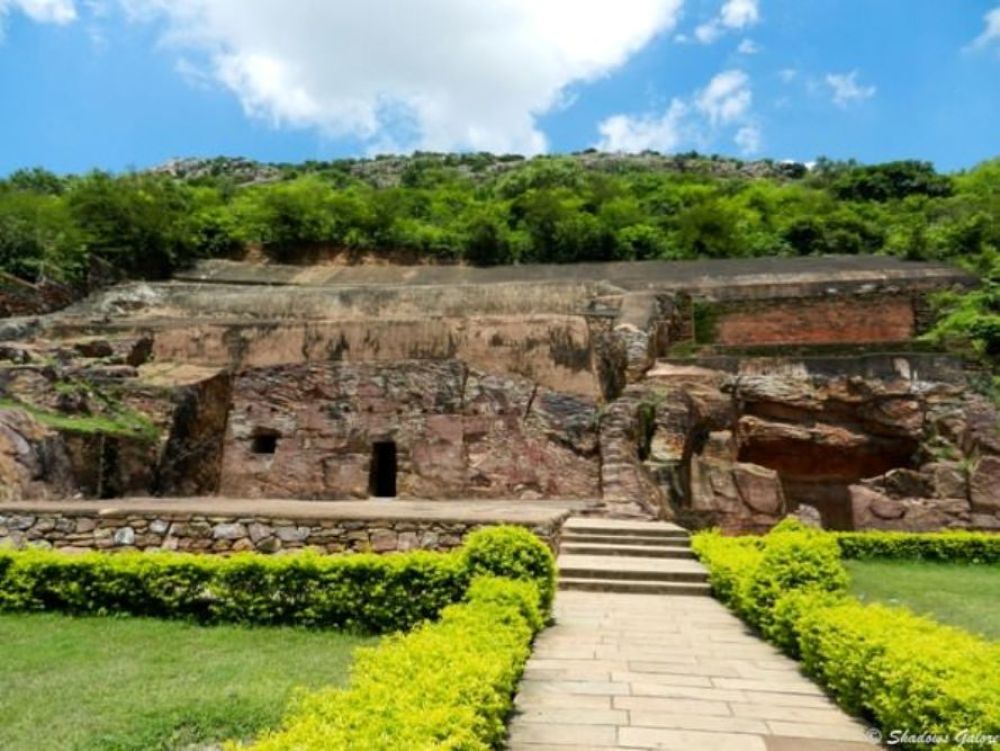

The Ajatshatru Fort, nestled in the serene landscapes of Rajgir in Bihar, India, is a significant landmark that echoes the ancient dynastic tales of the Magadha kingdom. The fort is named after King Ajatshatru, a prominent figure in Indian history, who ruled in the 5th century BC and was known for his military prowess and the advancements he brought to the kingdom.
The history of tourism at Ajatshatru Fort is intertwined with the rich history of Rajgir itself. Rajgir, being an important seat of power in ancient times, attracted scholars, dignitaries, and religious figures throughout history. However, it wasn't until the 20th century, with archaeological excavations and the rediscovery of the site's historical significance, that Ajatshatru Fort became a focal point for tourists.
In recent times, the Government of Bihar and the Archaeological Survey of India have taken steps to preserve Rajgir's heritage, enhancing its appeal for tourists. The inclusion of Rajgir, and by extension Ajatshatru Fort, in the Buddhist Circuit has bolstered its position as a must-visit destination for those interested in Buddhism, history, and archaeology.
The fort is believed to have been constructed by King Ajatshatru himself to defend his kingdom. It is famed for its cyclopean walls and is said to house the relics of Buddha. With the ancient Ghora Katora lake nearby and the rich flora and fauna of Rajgir, the destination offers a comprehensive experience that blends history with natural beauty.
In recent years, there has been a notable trend towards experiential and sustainable tourism in India. Visitors to Ajatshatru Fort are increasingly looking for immersive experiences, such as walking heritage trails, engaging with local communities, and understanding the historical context of the places they visit.
The development of the Rajgir ropes-way, which provides a panoramic view of the entire region, has added a modern twist to the ancient landscape, attracting a diverse group of travelers. The establishment of the Rajgir International Convention Center (RICC) by the state government has also paved the way for a rise in MICE (Meetings, Incentives, Conventions, and Exhibitions) tourism, drawing a new demographic of business and academic tourists to the region.
The Ajatshatru Fort stands as a testament to the past, beckoning travelers from around the world to discover its secrets. As tourism continues to evolve, this historic fortress remains a cherished jewel in Bihar's crown, with efforts underway to ensure its preservation for generations to come. Whether it's for the love of history, the pursuit of spiritual enlightenment, or the simple joy of exploration, a visit to the Ajatshatru Fort in Rajgir promises an unforgettable journey into the heart of India's ancient heritage.